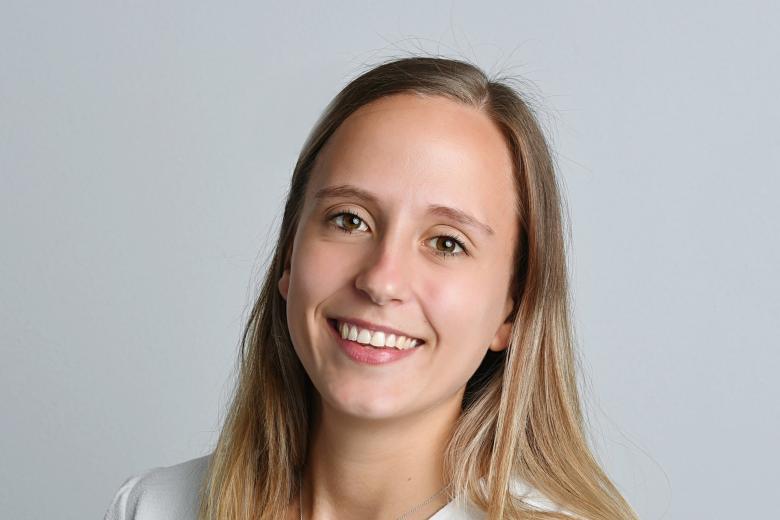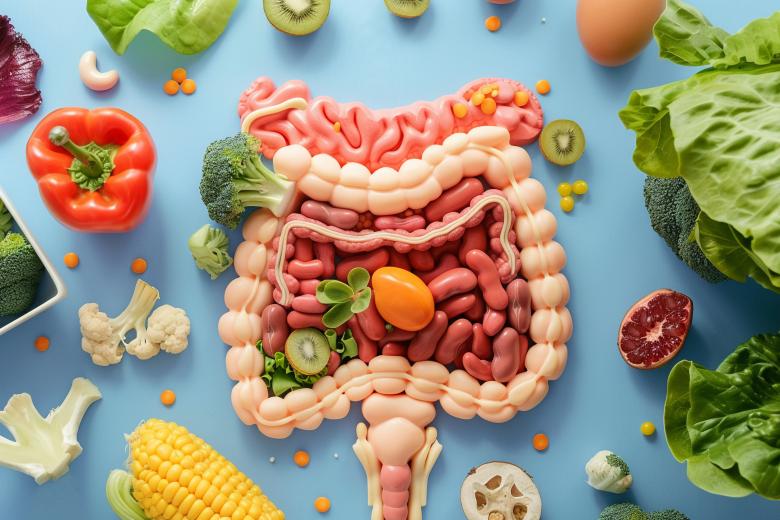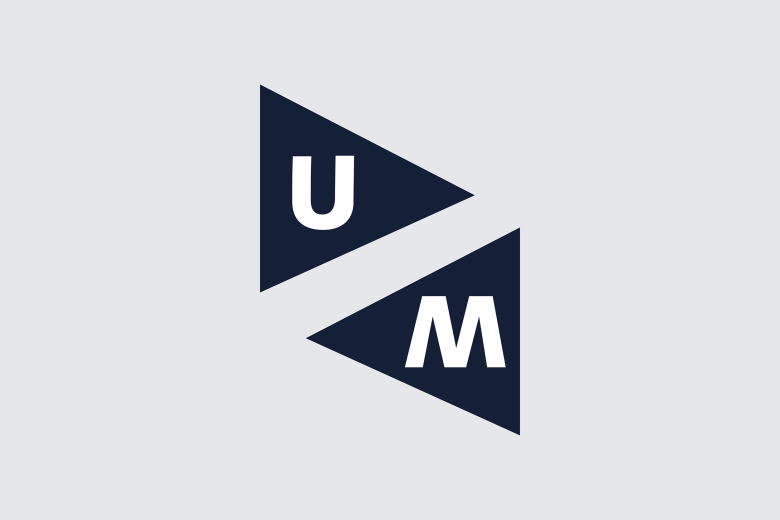Directed self-organisation of stem cells into tissues
Researchers at the MERLN Institute for Technology-Inspired Regenerative Medicine at Maastricht University have developed a smarter method for growing human tissues in laboratories. This method cleverly stimulates the natural self-organising capacity of stem cells to form complex tissues. Researchers grew an auditory ossicle (inner ear bone) and now expect to grow (parts of) entire organs. This breakthrough was described in the renowned scientific journal Advanced Materials, and a summary of the paper appeared in the Editors' Choice section of the popular magazine Science.
New platform technology
Usually, tissue engineering requires the use of degradable scaffolds that provide an architectural guide for tissue growth. This usually involves biodegradable material or hydrogel, which constrain cells and lead to problems of degradation, inflammation. “Here, we gathered stem cells into shaped clusters, without scaffolds. The absence of scaffold allows for the clusters to freely change shape and progressively organize into complex tissues”, says Nicolas Rivron, who directed the research at the MerlN Institute, Maastricht University. “With the limitations of the scaffolding system removed, we merely unleashed the natural potential of stem cells to organize.”
In search of the perfect recipe
The new platform uses high-throughput technology to develop perfect recipes, including the right tissue shapes and the combinations of molecules, that orchestrate the self-organisation of stem cells. “We find these recipes by trial and error,” says Clemens van Blitterswijk, university professor at Maastricht University and scientific director of MERLN. “We have millions of different, miniscule culture dishes in our lab that we can set up to simultaneously stimulate and analyse tissues. We then determine the exact impulse to administer to each tissue or organ component. Two factors are extremely important: The first is administering the right combinations of proteins and molecules at the right times. The second involves the physical shape of the tissues. We demonstrated that both factors determine the desired effect.”
Future: affordable tissue cultures
“I believe this method will help us find the right recipes and ultimately allow us to grow complex tissues, organs and organ parts on a large scale in a laboratory setting,” Van Blitterswijk adds. “This would be a huge breakthrough for the healthcare sector, as it would allow us to offer future patients an affordable way to grow organs and organ parts on an industrial scale.”
This research is directed by Nicolas Rivron, Eng, PhD, scientist at UM-MERLN, and corresponding author of this article, at the Hubrecht Institute.
Link to Advanced Materials paper: http://onlinelibrary.wiley.com/doi/10.1002/adma.201505723/full
Link to Science Editors’ Choice: http://science.sciencemag.org/content/352/6283/twil
Also read
-
Why some people hesitate to vaccinate and how healthcare can address this
Doubts about vaccination continue to be a significant challenge for global public health. The World Health Organisation (WHO) has listed vaccine hesitancy as one of the top ten threats to global health. But what exactly is vaccine hesitancy and how does it impact our society? How can we address it...
-
New technique measures live activity of gut bacteria
Professor Ellen Blaak, PhD Gilian Larik and research team are tracking in MRUM fermentation chambers, how gut bacteria respond to food.
-
GROW research: all-in-one test for genetic defects in embryos🧪
Researchers at Maastricht UMC+ and GROW have developed a technique that can analyse the entire genome in a single test, allowing for faster determination of embryos suitable for successful pregnancy.